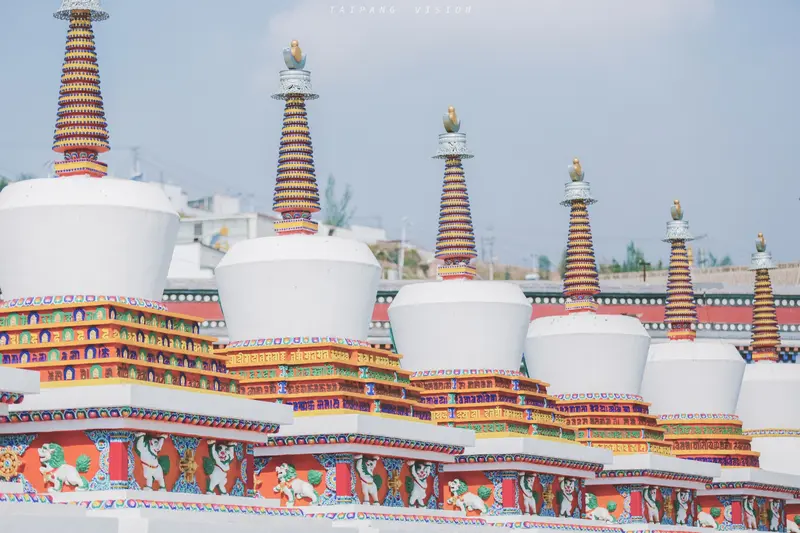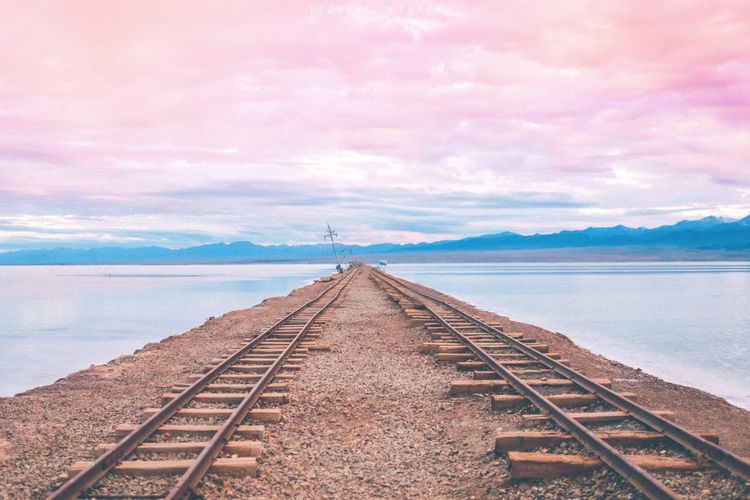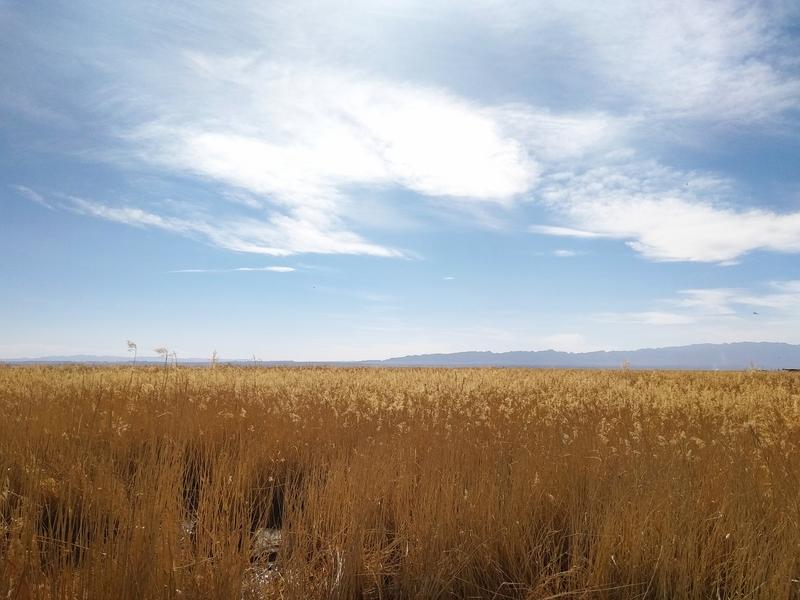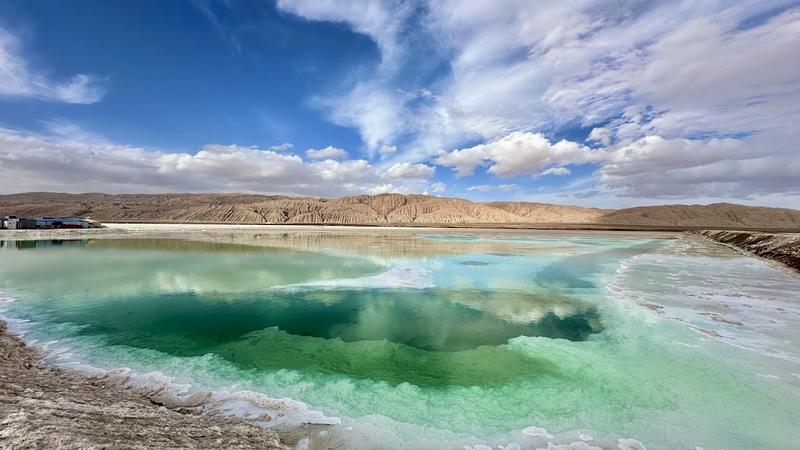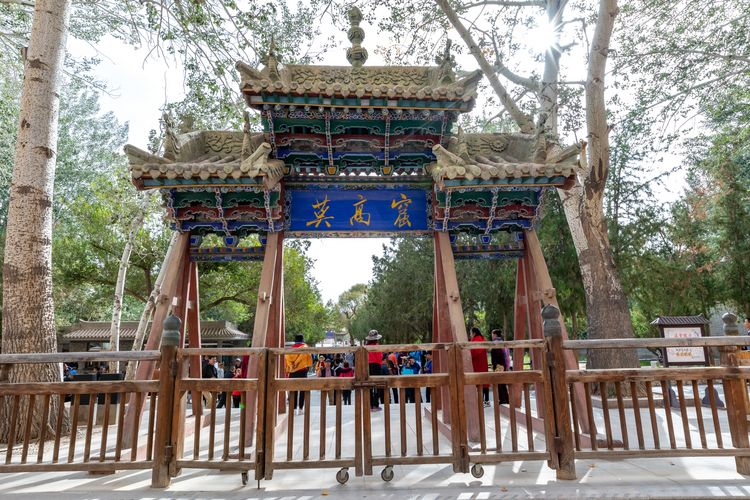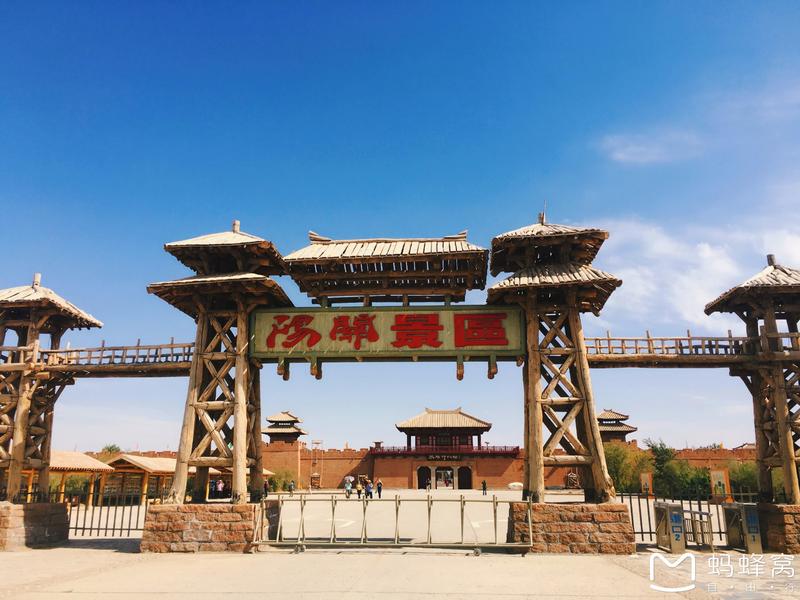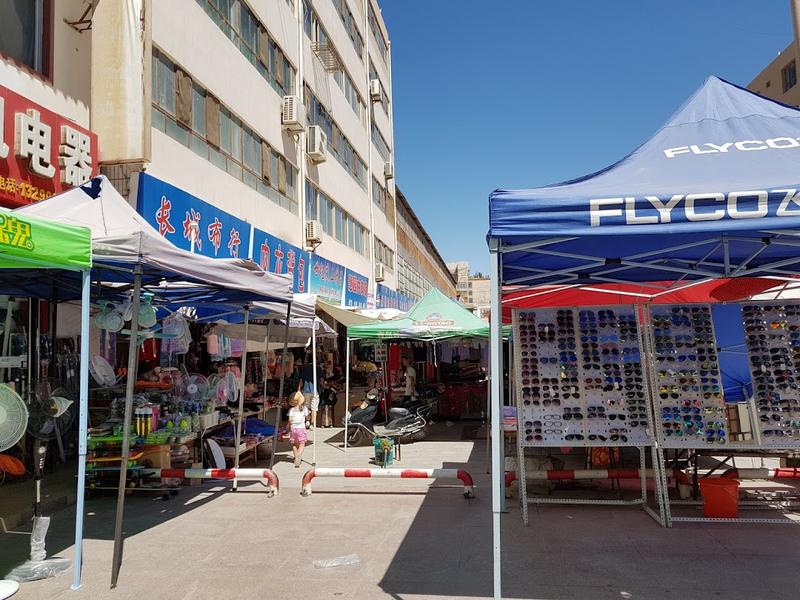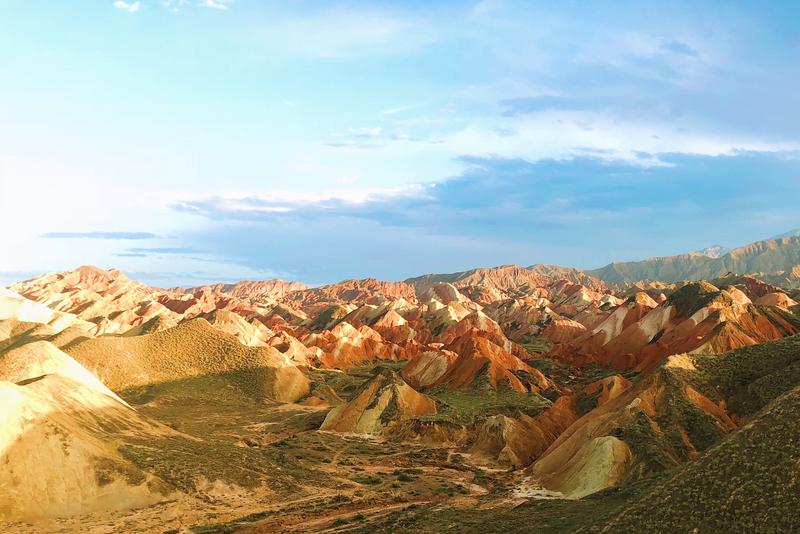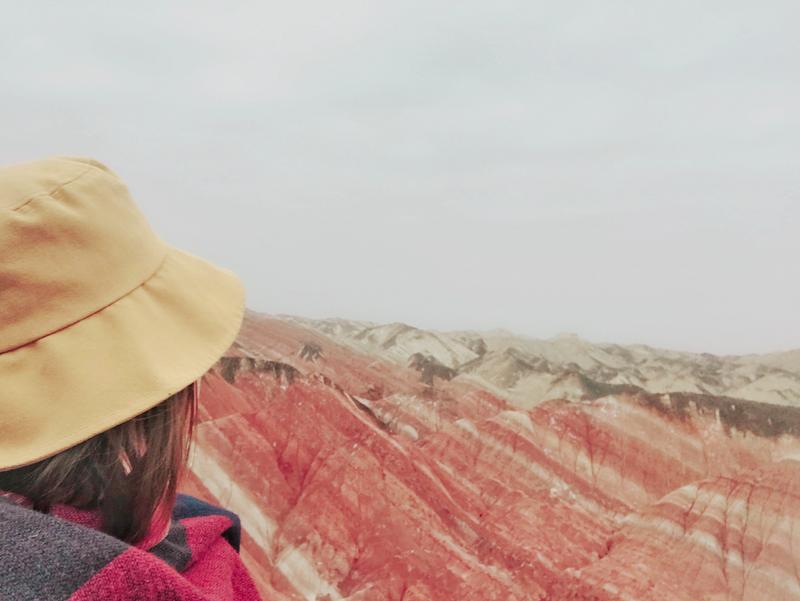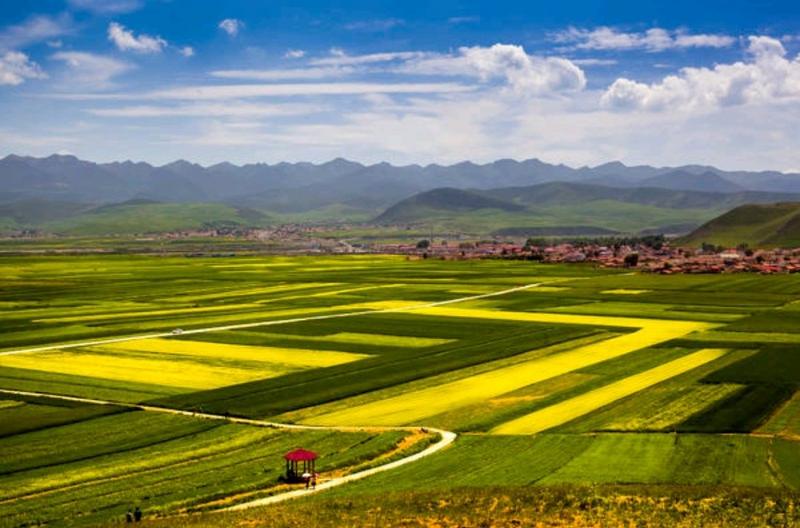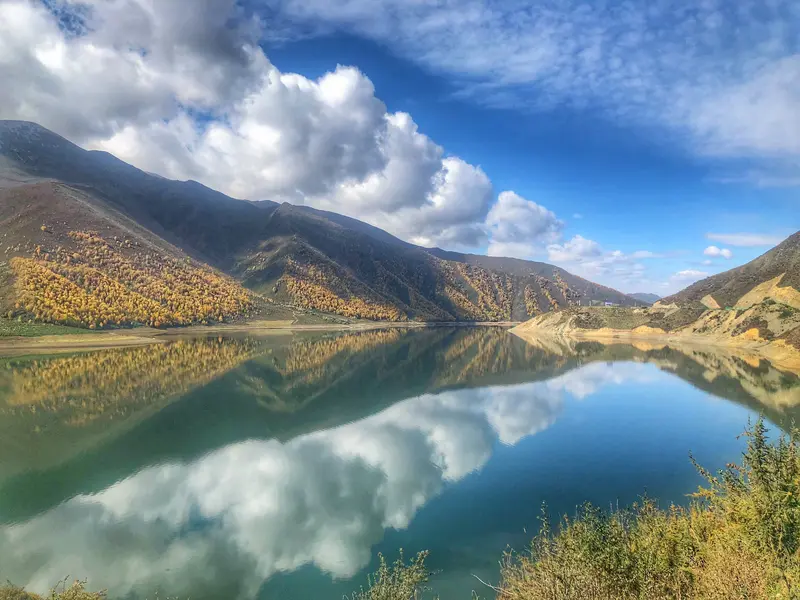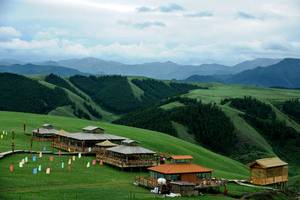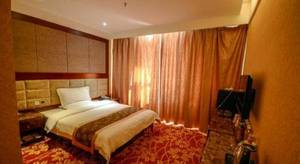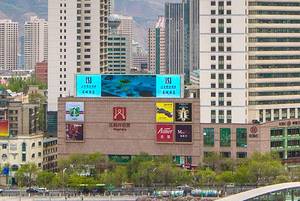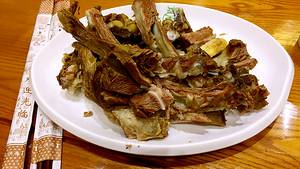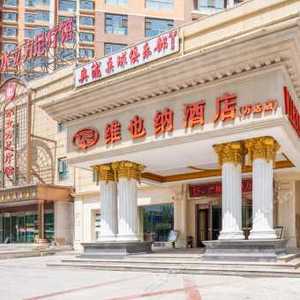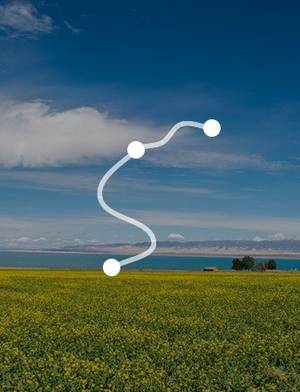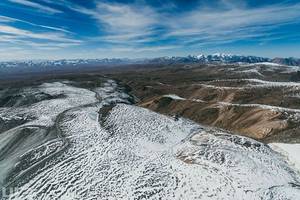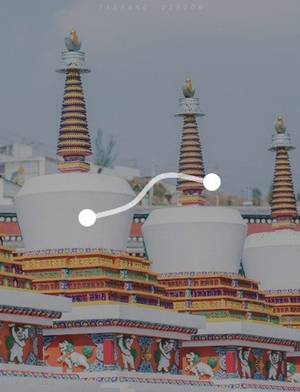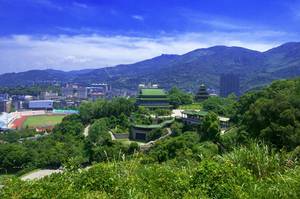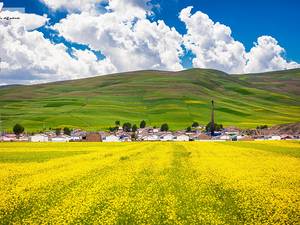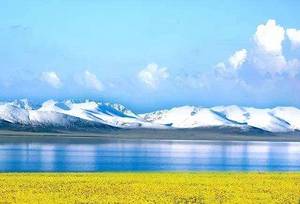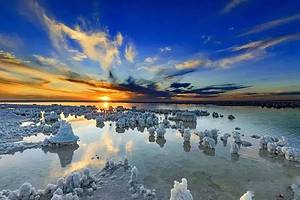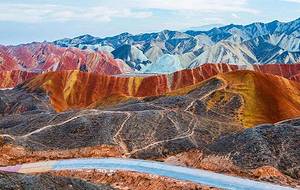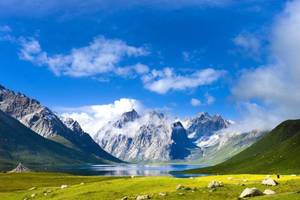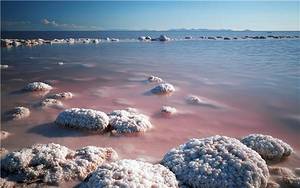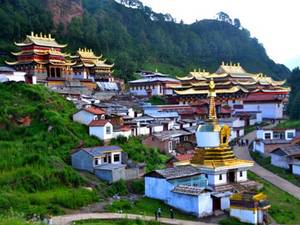The Great Northwest 7-day sightseeing tour experience
7 cities |
15 attraction(s) |
total distance 1832
km
 TIPS
TIPS
Day1
Day2
Day3
Day4
Day5
Day6
Day7
Day1: Xining
3 attraction(s) ·
54 km
1
Ta'er Temple is one of the six major monasteries of Gelug school of Tibetan Buddhism, and is also the birthplace of the second largest Buddhist sect in the world, the Master Kaba. Named after the tower that was built before the temple, it has a history of more than 600 years and is a popular tourist attraction in Xining. The temple's magnificent architecture and rich treasures, as well as its strong religious atmosphere, allow visitors to experience a deep sense of spirituality. The carving of butter flowers is vivid, the murals are colorful, and the colorful embroidery is known as the "three wonders of Ta'er Temple art". In addition, the temple also houses a large collection of Buddhist scriptures and academic works on history, literature, philosophy, medicine, law, etc.
15
km
Day2: Ulan > Delhi
2 attraction(s) ·
209 km
1
Qarhan Salt Lake is a famous natural crystalline salt lake located in the Qaidam Basin. It is known as the "Mirror of Sky" in China and is famous for producing enough salt to supply the entire country for 75 years each year. Tourists can enjoy numerous salt sculptures in the area and take a small train deep into the salt lake for sightseeing. Visitors can also experience the lake's unique charm by walking barefoot on the surface and observing and photographing their own reflections. If the weather is good enough, tourists can see mirages forming on the lake surface during the day. However, if it rains for several consecutive days, the salt layers in the lake may be diluted and dissolved, exposing the mud underneath, and visitors should not play on the lake. In addition, there are many small black holes in the lake, which are actually traps that must be avoided. The deeper the color, the more dangerous the situation.
209
km
2
Located in Lake Tajan, it is a slightly salty freshwater lake that forms together with Lake Tosu. The Qinghai-Tibet Railway passes through both lakes. In the fishing area of the lake, tourists can observe workers catching fish at the fish farm. The Chaidamu carp is a native species in the lake, with the largest fish weighing over ten kilograms and having tender meat. Every spring when the ice starts to melt, flocks of rare birds such as the black-necked crane, bar-headed goose, seagull, and wild duck migrate to Lake Kruk for breeding.
Day3: Haixi
2 attraction(s) ·
194 km
Day4: Jiuquan
2 attraction(s) ·
13 km
1
This tourist spot is also known as the Thousand Buddha Caves. It consists of a digital display center and caves that house numerous murals, grottoes, and relics. Mogao Caves is the top choice for Dunhuang sightseeing. Visitors can watch a movie at the display center before exploring the vast and rich caves and murals. Inside the caves, there are many Buddha images, flying deities, and other figures, ranging from towering nine-story statues to small bodhisattvas only a few centimeters tall. Today, a replica of the original large caves has been created under the Sanwei Mountain, making the viewing experience at Mogao Caves even more diverse and abundant.
13
km
2
The Crescent Spring, located at the northern foot of Mingsha Mountain, has gained worldwide recognition for its unique landscape of "mountain springs coexisting with sand and water". The shape of the spring resembles a crescent moon, hence its name. In ancient times, the spring was known as "Sha Jing" or "Yao Quan". Surrounded by Mingsha Mountain, even though it is located in a sandy area, the spring remains clear and bottom-visible, unaffected by the seasons, and does not overflow during rainy periods or dry up during droughts.
Day5: Jiuquan
2 attraction(s) ·
57 km
1
Dunhuang Yangguan is located near the Antiquity Beach in the southwest of Gansu Province, China. It is a crucial pass along the ancient land route for foreign traffic in China and a necessary stop on the southern route of the Silk Road. It had a pass during the Western Han Dynasty and was named after its location south of Yumen Pass. Like Yumen Pass, Yangguan was also a gateway for traffic to the Western Regions at that time. Today, Dunhuang Yangguan Scenic Area has become a national 4A-level tourist attraction.
57
km
Day6: Zhangye
2 attraction(s) ·
4 km
1
This is the only region in China that combines Danxia landform with colorful hills and is one of the seven most beautiful Danxia landforms in the country. There are two major scenic areas here: Binggou Danxia and Qicai Danxia, which are composed of red gravel, sandstone, and mudstone, with unique shapes and grandeur. This place has served as the filming location for many film and television works, such as Zhang Yimou's "The Great Wall", Jang Wen's "The Sun Also Rises", and the TV series "Detective Di Renjie". In addition, there are many choices for photography enthusiasts here, who carry a large number of photography equipment to search for shooting spots. If you plan to revisit here the next day, please inform the ticket seller when buying tickets and purchase a ticket for the next day to avoid unnecessary trouble.
4
km
Day7: Haibei > Xining
2 attraction(s) ·
20 km
2
Heiquan Reservoir, located in Baoku Township, Datong Hui and Tu Autonomous County, Qinghai Province, along National Highway 227, is the source of urban water supply for Xining City. The surrounding scenery is beautiful, with spectacular sunsets and a natural water-eroded Maitreya Buddha statue, making it one of the attractions on the northern tourist route of Qinghai. In addition, if you cross the Daban Mountains, you will come to Menyuan County, which has a hundred-mile flower sea.
